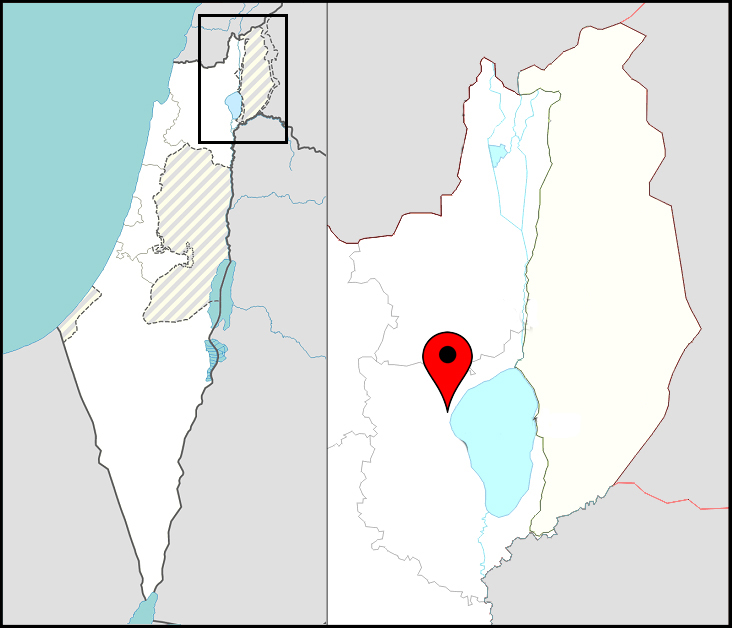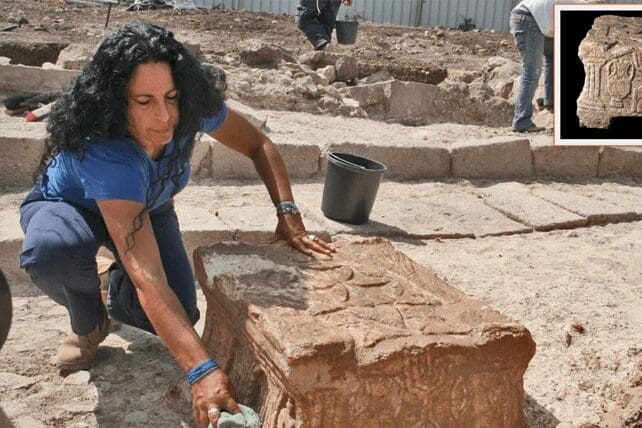(RNS) — The findings were heralded with bold headlines. Archaeologists excavating near the Israeli town of Migdal, also known as Magdala, had found remnants of a first-century synagogue.
“2nd-Temple-period synagogue found where Gospel’s Mary Magdalene was born,” the Jerusalem Post’s Dec. 12 headline declared. Newsweek, Express UK and the Smithsonian magazine followed up with similar headlines.
The discovery of the ancient synagogue in the town on the western edge of the Sea of Galilee is surely significant and adds tangible evidence of Jewish life in first-century Palestine at the time of Jesus’ ministry.
But two scholars from the U.S. and the U.K. are calling into question the quick assumption that the town is the birthplace of Mary Magdalene, one of Jesus’ earliest followers and the first witness to his resurrection.
In a paper published last month, Elizabeth Schrader, a Ph.D. student at Duke University, and Joan Taylor, a professor at King’s College, London, argue that the assumption Magdala refers to Mary’s place of origin is entirely speculative.
Instead, they say, Magdalene may well be an honorific from the Hebrew and Aramaic roots for “tower” or “magnified.”
Just as the Apostle Peter is given the epithet “rock,” (“You are Peter, and on this rock I will build my Church”), Mary could well have acquired a title “Magdalene” meaning “tower of faith,” or “Mary the magnified.”
“Although there have been various ways of understanding her name, no author prior to the sixth century identifies her as coming from a place beside the Sea of Galilee,” the authors write in the Journal of Biblical Literature’s December issue. “Several ancient authors actually understood Mary’s nickname to be rooted in her character rather than her provenance.”

Migdal, red pin, located along the Sea of Galilee in northeast Israel. Maps courtesy of Creative Commons
The paper is part of a reconsideration of Mary Magdalene, long mistaken for a prostitute and marginalized by the early church fathers. Scholars are reexamining the Gospels and early Christian writings in an effort to recover the real Mary from the diminished figure that emerged from the pens of the early church fathers.
Schrader, a former singer-songwriter in the New York pop scene, has been at this task for a while. In a paper published in 2017, she examined the story of the raising of Lazarus in the Gospel of John. Poring over hundreds of hand-copied early Greek and Latin manuscripts of the Gospel, Schrader found that the name Martha, another New Testament woman, identified as Lazaurus’ sister, had sometimes shown signs of being altered. The scribes scratched out one letter and replaced it with another, thereby changing the original name “Mary” to read “Martha,” in a possible deliberate downplaying of Mary’s role in the story.

